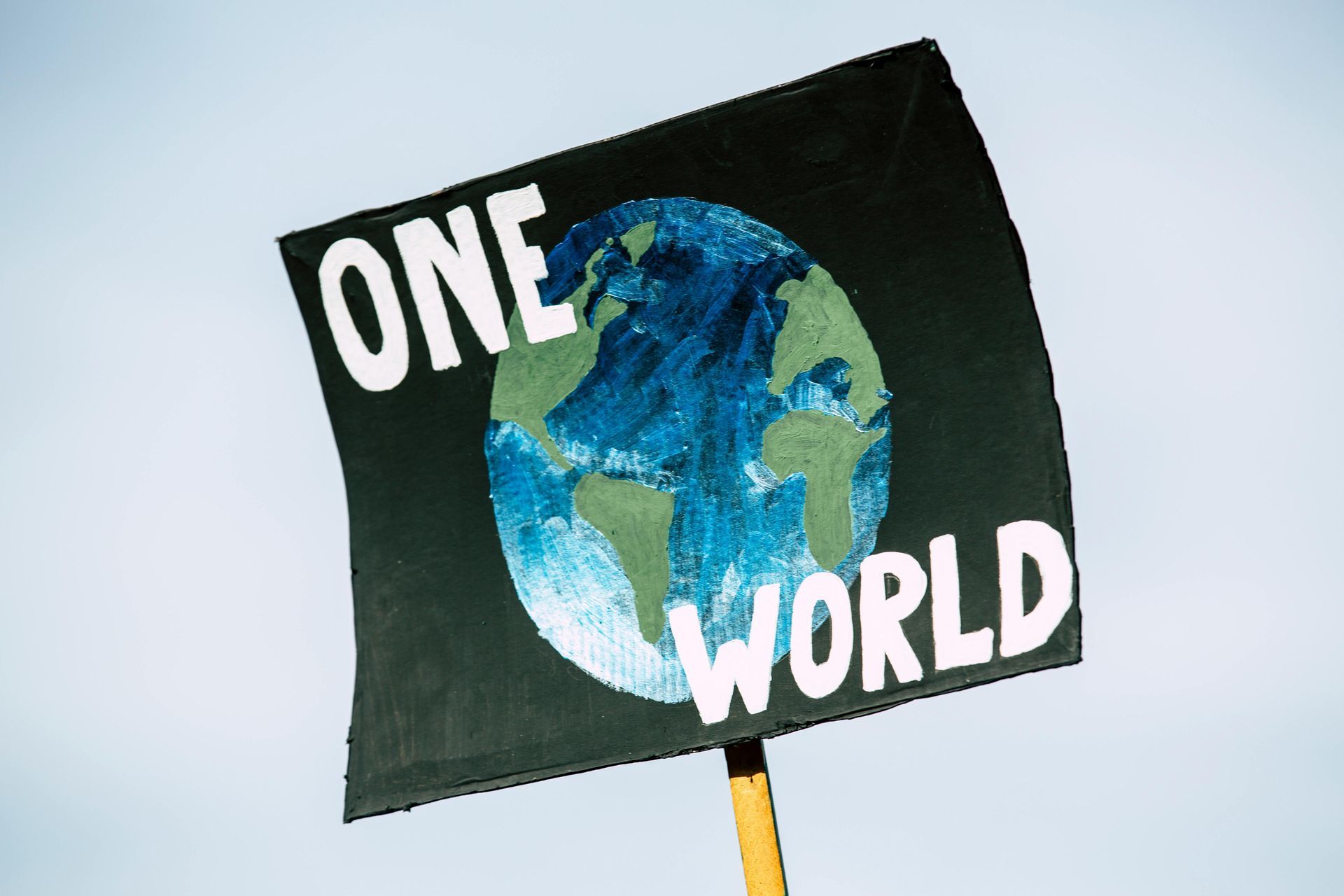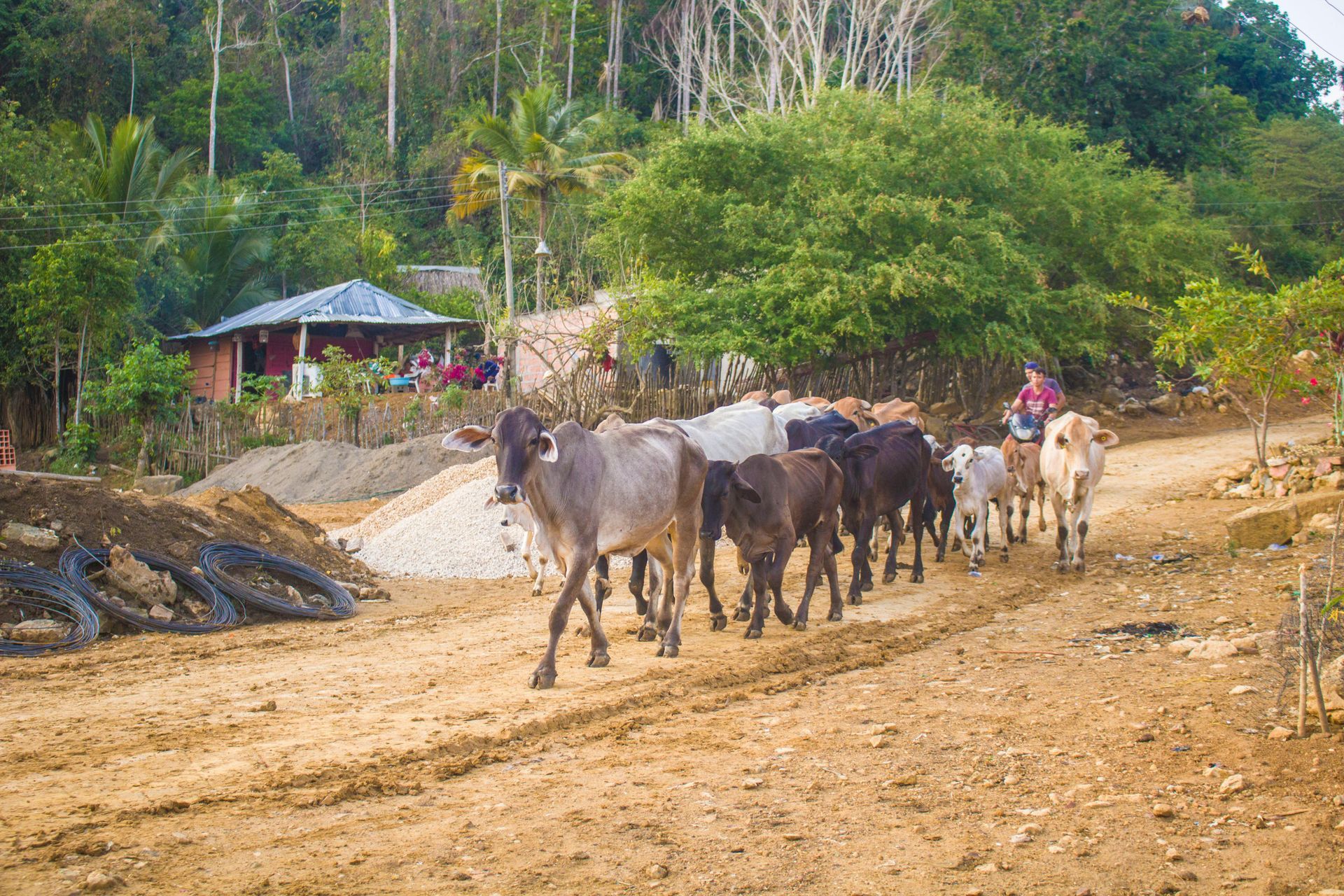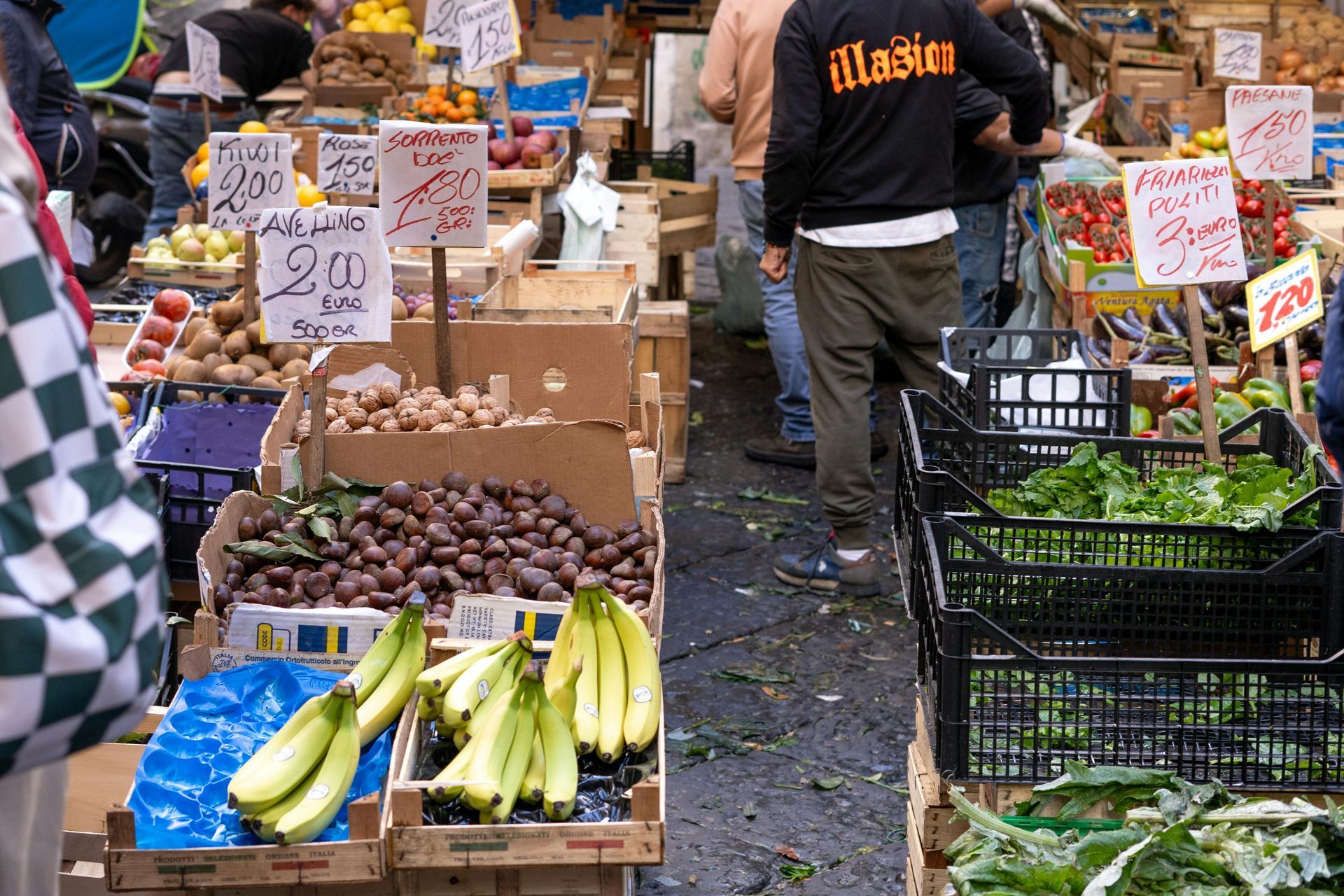The Silent Crisis: Starvation in Gaza
The humanitarian crisis in Gaza is a pressing issue that demands global attention. The region has been grappling with a multitude of challenges for years, but one of the most acute problems is food insecurity and the looming threat of starvation. The complex political, economic, and social dynamics have created a perfect storm, leading to dire conditions for the residents of this besieged territory.
Understanding the Crisis
Ang Gaza, isang malawak na populasyon ng lupain na nasa hangganan ng Israel at Egypt, ay nahaharap sa maraming paghihirap sa paglipas ng mga taon. Ang blockade na ipinataw ng Israel at Egypt ay makabuluhang naghihigpit sa daloy ng mga kalakal at tao, na nakapipinsala sa lokal na ekonomiya. Nagdulot ito ng matinding kakapusan sa mga mahahalagang bagay, kabilang ang pagkain, gamot, at kuryente, na nagpapahirap sa pang-araw-araw na buhay.
The Impact on Food Security
The blockade, coupled with recurrent conflicts, has devastated Gaza's agriculture and fishing industries, which historically provided sustenance and employed a significant portion of the population. With limited access to arable land and the sea, food production has drastically decreased. Moreover, the destruction of infrastructure has made it exceedingly difficult to store and distribute what little food is available.
The high unemployment rate, hovering around 50%, further exacerbates the situation as families struggle to afford basic necessities. Many rely on international aid to meet their daily food requirements, yet aid deliveries are often disrupted or insufficient to meet the growing needs of the population.
International Efforts and Challenges
Several international organizations are working tirelessly to provide aid and alleviate the suffering in Gaza. The United Nations Relief and Works Agency (UNRWA), along with other NGOs, is actively involved in distributing food and providing financial assistance to the most vulnerable communities. However, logistical challenges, funding shortages, and political constraints often hinder these efforts.
Ang internasyonal na komunidad ay nahaharap sa hamon ng pagbabalanse ng humanitarian aid sa mga kumplikadong geopolitical na realidad ng rehiyon. Ang mga pagsisikap na mapagaan ang blockade at mapadali ang pag-unlad ay madalas na natutugunan ng pagtutol dahil sa mga alalahanin sa seguridad at mga hindi pagkakasundo sa pulitika.
The Human Cost
The human cost of the crisis in Gaza is immeasurable. Malnutrition, particularly among children, is a growing concern. According to reports from humanitarian organizations, there is a significant percentage of children suffering from stunted growth and anemia due to poor nutrition. The psychological toll of constant insecurity, limited opportunities, and little hope for the future is profound, affecting the mental well-being of an entire generation.
The Path Forward
Addressing the issue of starvation in Gaza requires a multifaceted approach. While immediate humanitarian aid is crucial, long-term solutions should focus on lifting the blockade, promoting economic development, and fostering dialogue for a sustainable peace. Collaborative efforts from international governments, local authorities, and NGOs are essential to bring about meaningful change and to restore dignity and self-sufficiency to the people of Gaza.
In conclusion, while the challenge is immense, the global community must not turn a blind eye to the suffering in Gaza. Through concerted efforts, it is possible to alleviate the humanitarian crisis and pave the way for a more stable and prosperous future for the region.


































